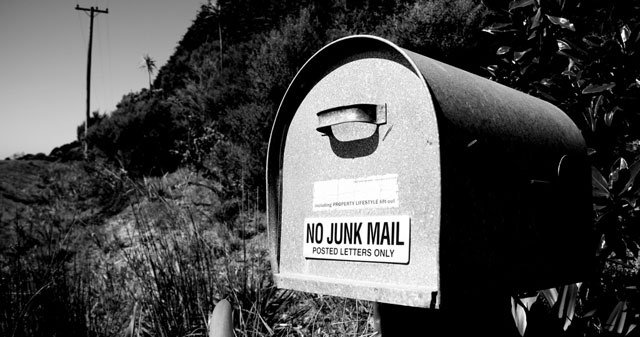Email delivery is definitely more of an art than a science, but can still be a dauntingly technical subject. For marketers seeking to improve their email delivery or solve a delivery issue it can be difficult to know where to look. There are a set number of key topics outlined here, this will help marketers avoid and solve the most common email delivery issues.
This is not the How To of email marketing and deliverability, instead use it as a cheat sheet or checklist to make sure you know where to look. If there is something in this list which you don’t know about: Stick it in your search engine, ask your ESP or your friendly email marketing consultant to find out more!
Email marketing key concepts
There are a set number of key deliverability concepts, in my experience sometimes the basics are overlooked:
- Email marketing objectives are almost always related to revenue
- Reliable, long-term revenue growth results from growing the number of people who receive, open and respond to your emails
- Reliable open and response rates depend upon high and consistently delivery rates
- Delivery depends upon sender reputation, content filters and your infrastructure
- Sender reputation depends upon recipients’ email interaction and data quality
- Recipient interaction depends upon data accuracy, content impact, relevancy and how your customers feel about you and your emails
- The relevancy of your content depends upon data collection, preference management and segmentation and automation
“The first step in deliverability is to know where to look”
Email delivery success cheat sheet
This cheat sheet is based on the above key concepts, starting with the Long term marketing strategy, because it is important to have at least one eye on the bigger picture.
Long term Marketing strategy
- Collect more data to build a bigger list
- Collect better data to build a better list – which will help you to
Send more intelligent campaigns by targeting, segmenting, personalising and automating - Treat new recipients, active recipients and inactive recipients differently
- Get more emails into the inbox and with a higher priority by improving data quality, email engagement rates and your sender reputation
Mailing Lists, Opt-In Process and sender identification
Effective privacy, consent and data protection helps maintain list quality, customer trust and help prevent list churn
- Have a clear opt-in process and privacy statement, explaining the data you collect and how it is used
- Maintain separate mailing lists for different types of emails or campaigns. Allow customers to subscribe to different types of emails or campaigns
- Use a sending domain which you own, linked to your website, which your recipients can trust and will recognise
- Use an email footer to display your contact details
Data collection and enrichment
More data + better data = winning
- Improve data collection processes to reduce hard bounces of new data
- Provide simple, prominent and compelling sign-up options
- Collect relevant behavioural data to help you target, segment, personalise and automate
- Introduce list hygiene processes to identify invalid data as well as the sources and causes of bad data
Maximize email campaign effectiveness
Each individual email send should be designed to maximise its effectiveness to support long term goals
- Test. Test. Test again. Subject lines, content, style, send times, campaign types. Test them all. Then test them again.
- Use content checks to test email rendering and email filter results
- When testing don’t just look at opens, clicks and revenue. Also measure and monitor the number of non openers, unsubscribes and complaints.
- Each individual email send should seek to generate opens and minimise complaints and unsubscribes. Balancing these will support the long term goal to increase openers
- Use dynamic (personalised) content, tailored to the individual’s preferences
Infrastructure
If you use an ESP, they should explain all this stuff to you. If they don’t, just ask. If you send your own emails, make sure you understand and implement the following: [list type=”tick_bw”]
- Implement email and domain authentication (SPF, Sender ID, Reverse DNS, DKIM, DMARC)
- Sign up for complaint Feedback Loops
- Monitor your sender reputation and blacklists
- Consider using email sender certification (Return Path Sender EQ, ISIPP Surety Mail)
Summary
You can avoid the majority of delivery problems which result from poor Sender Reputation by monitoring and controlling your invalid data (spam traps, hard bounces and typos), long-term inactive data (not opened anything for 12 months or more) and by maintaining good recipient response rates.
For B2C email delivery, focus on your Sender Reputation by reducing inactive data and bounces, increasing openers, reducing complaints and sending emails which promote click-through.
For B2B email delivery, recipient domains can put a lot of emphasis on email content and local policy, so focus on filter-friendly email content and getting recipients to add you to as a Safe Sender.
Email domains should be able to trust the domains and IP addresses you use. Focus on sending rates, bounce handling, feedback loops, domain security and email authentication.
Image via flickr







